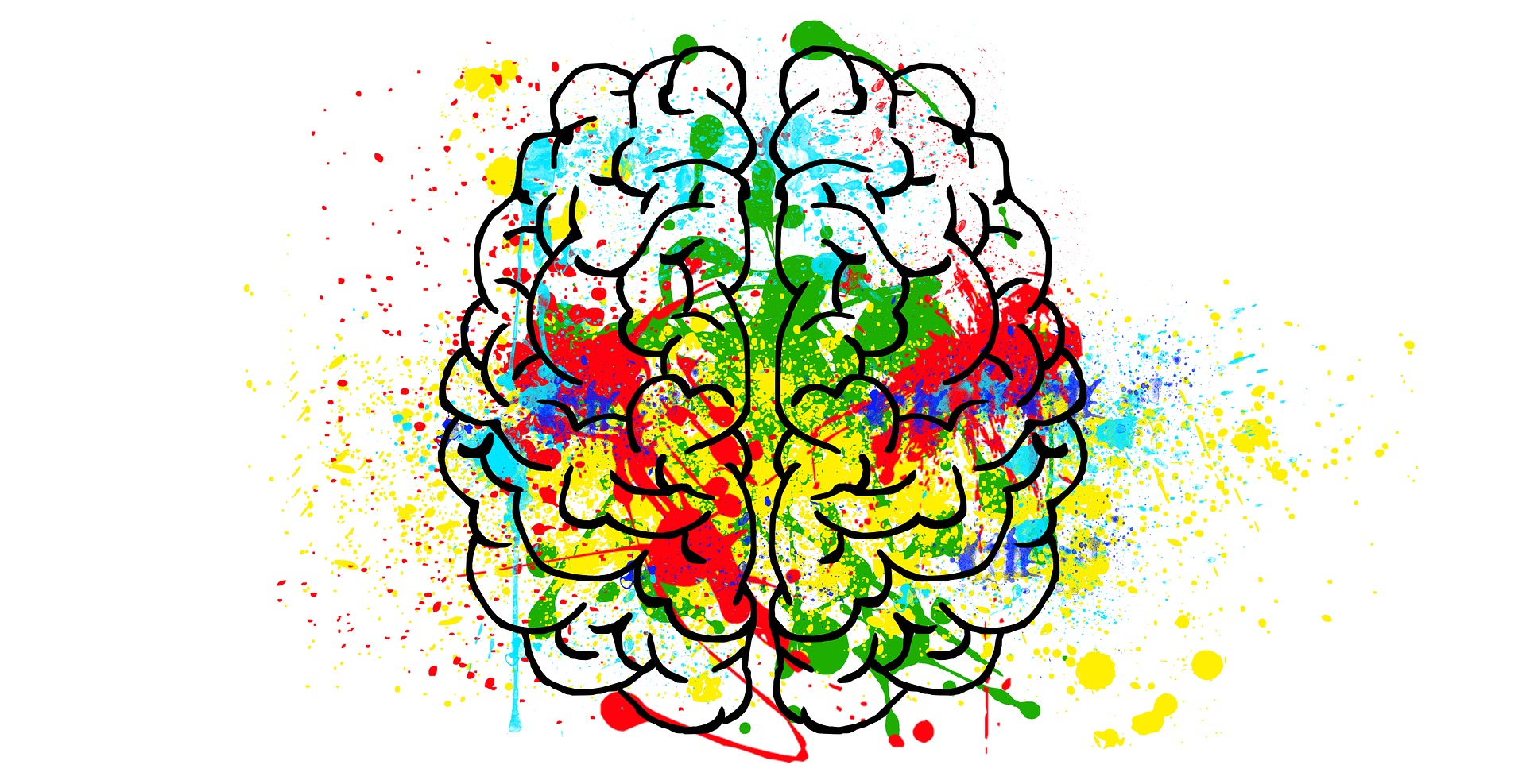Mental Health in the Workplace
The topic of Mental Health in the United States is continuing to be brought to the forefront – rightfully so – as studies published by the National Alliance on Mental Health show that approximately 1 in 5 adults in the U.S.—43.8 million, or 18.5%—experiences mental illness in a given year.
Additionally, approximately 1 in 25 adults in the U.S.—9.8 million, or 4.0%—experiences a serious mental illness in a given year that substantially interferes with or limits one or more major life activities. These major life activities involve work. This is why employers need to be more aware and conscious of how to address any mental health related issues that may arise in the workplace.
Many employees with mental illness may begin exhibiting signs such as missing deadlines, increased absenteeism, expressing irritability, difficulty concentrating or appearing numb/emotionless. It can be difficult to have employees admit they need and/or want help.
But, when employees do use EAP (Employee Assistance Program) services, there are good results in stress management, anxiety management and other mental health issues. It is becoming increasingly important–not to mention, economically sensible–for management to recognize the mental health needs of their workers.
Here are a few tips to create positive outcomes in your workplace around mental illness:
- Employers should encourage work-life balance, by offering employee wellness programs and encourage employees to use them. A major responsibility for everyone in the workplace is to “notice and respond” to any mental health concerns. Create a safe environment in which staff members are encouraged to talk about stress, workloads, family commitments and other issues. Send the message that mental illnesses are real and treatable.
- Create a culture where it’s okay for your employees to seek the help they need – taking away the negative stigma around speaking to a therapist or counselor. Feelings of shame, concerns about job security, and fear of rejection by colleagues are often debilitating—and they often discourage many from seeking the help they need. Stigma begins with hurtful labels, such as “crazy”. Encourage staff to use “people-first” language (e.g.,“a person with schizophrenia,” as opposed to the dehumanizing term, “a schizophrenic”).
- Under the Americans with Disabilities Act, employers are generally prohibited from inquiring into employees’ disabilities, unless the inquiries are job-related. For example, if someone is having an issue where she is missing deadlines, instead of saying “You seem really stressed,” managers should say “I notice that you are turning in your projects late. How can I support you?”
- Employees at all levels of the organization need to learn about mental illnesses, stress, wellness, available health and mental health benefits — and how to access those services via the Employee Assistance Program. Your EAP program will be able to provide information on mental health and benefit information to your employees in the form of a toll-free number, brochures or website access.
- Actions DO speak louder than words, so it is essential to invest in mental health benefits, including prevention and educational programs. Innovative employers have learned that addressing employees’ mental health needs makes good economic sense.
For additional information on how to support mental health issues in the workplace, please contact us.


